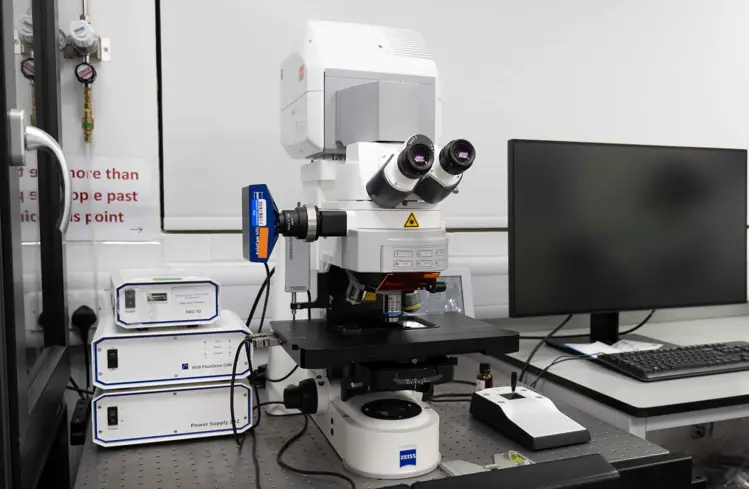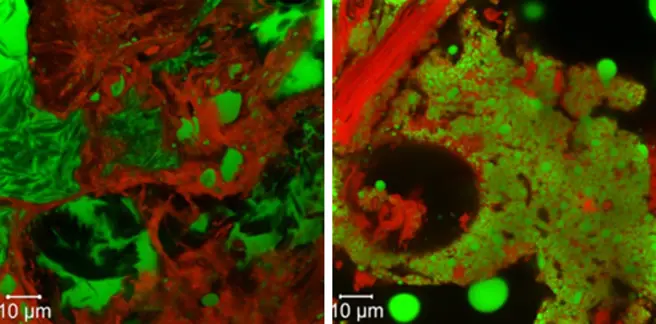As producers move to capitalise on the growing popularity of meat alternatives among more mindful consumers, replicating the texture of meat is a major challenge. Texture plays a vital role in how consumers perceive and enjoy food, so meat-free products must deliver the same sensory eating experience as their meat-based counterparts. But how? Here, we explain how RSSL’s specialist analytical expertise is used to build a detailed picture of product texture and inform successful development strategies.
An accurate texture assessment starts with developing a clear understanding of the mechanical properties that matter most to consumers. Techniques such as Texture Profile Analysis (TPA) can be complementary to sensory assessment as it allows the ability to objectively measure parameters such as hardness, springiness and chew, while cutting tests provide key insights into bite force and tenderness.
Both formulation and processing can also significantly impact food texture, so measuring the effects of different factors such as heat, shear and extrusion, is a vital part of the evaluation process. This data can then be used to make targeted changes to achieve the desired texture.
And that’s not all.
Microscopy techniques, including light microscopy and confocal laser scanning microscopy, provide equally valuable analytical insights. Used to investigate the microstructure of meat-free products, these methods reveal detailed information about the distribution of protein, fat and other components, including starch. As such, they can help to explain the textural differences of meat alternatives compared to their meat counterparts.
For instance, when our client wanted to improve the texture of a vegetarian sausage, RSSL’s technical experts used these techniques in a comparative study with a meat-based equivalent. Key visual attributes of both products were evaluated including colour, fat particle characteristics and structural granularity. Light microscopy identified starch-based particles (the "fat" substitute) distributed throughout the vegetarian sausage, while the meat-based sausage showed a dense protein network with dispersed fat. Confocal microscopy further highlighted the protein and fat distribution differences.


Confocal laser scanning microscopy images highlight the protein and fat distribution. Meat-based sausage (left) and vegetarian alternative (right).
Visualised with protein in red and fat in green (left), the vegetarian and meat-based sausages show differing fat distributions; emulsified fat droplets in the vegetarian version versus larger fat regions in the meat-based product.
The combined data from our textural analysis and microscopy shows that the meat-based sausage is firmer, less cohesive and chewier. Its structure comes from minced muscle, fat, and connective tissue, whereas the vegetarian alternative contains starch-based gels which contribute to these textural differences.

What this tells us is that implementing texture analysis alongside other analytical techniques is a key part of the product development journey. From increasing fundamental understanding, identifying promising prototypes and competitor benchmarking, to monitoring changes through reformulation and shelf-life, a targeted analytical strategy is essential for product success and delivering a desired consumer experience.
Reading Scientific Services (RSSL) provides specialist scientific analysis and testing services across the food industry. Our experienced team helps clients gain a deeper understanding of product properties and refine formulations and manufacturing processes to enhance the consumer experience.
RSSL’s broad range of techniques includes advanced imaging for microstructure and composition analysis, rheological measurements and thermal analysis for structural evaluation, and texture analysis to assess food behaviour.
